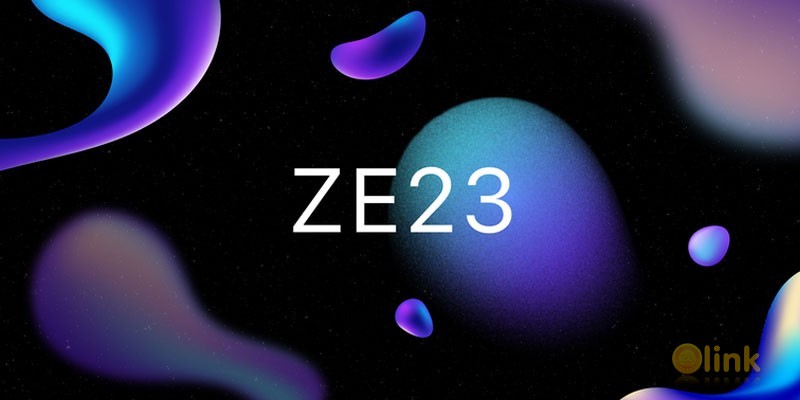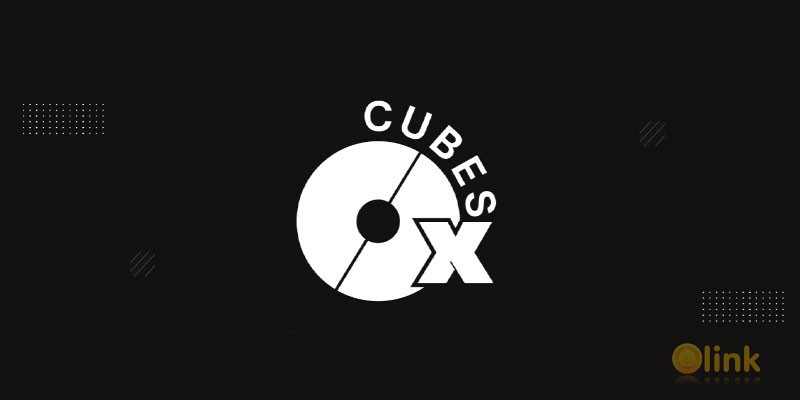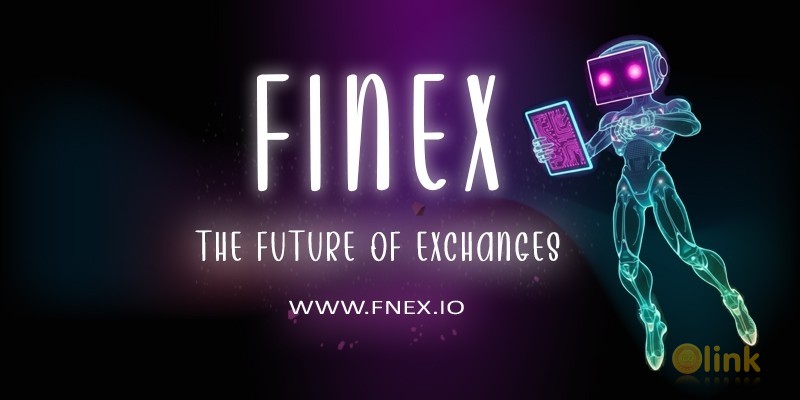ICO Superseed
-
Start: 2024-Dec-09
-
Finish: 2025-Jan-07
-
Ticker: SUPR
-
Platform: Own Blockchain
-
Offering Type: ICO
ICO Superseed Description:
Superseed is the first blockchain to pay off your debt. As an Ethereum L2 and part of the Superchain, Superseed delivers capital efficiency by returning 100% of its profits to users through self-repaying loans—making DeFi work for you.
At the core of Superseed sits the native CDP protocol, built into the rollup protocol. It serves as the liquidity hub and reward mechanism for the network. CDP protocols allow users to lock an asset as collateral and mint and borrow a different asset, generally a stablecoin. Unlike Peer-to-Peer (P2P) Money Markets, where liquidity for borrowers is sourced from a pool of lenders, CDP lending protocols derive liquidity directly from the collateral provided by borrowers.
On Superseed, users can use various types of assets as collateral to mint and borrow the Superseed stablecoin. Collateral assets in the SuperCDP include the Superseed governance token, ETH, WBTC, and others.
When collateral is locked into the SuperCDP, a collateralized debt position (CDP) is created, and Superseed stablecoins are generated. The protocol requires overcollateralization, meaning the value of the collateral must exceed 150% of the value of the stablecoins.
To withdraw collateral from the protocol, users must first repay their loan. If a CDP fails to maintain the required collateralization ratio, part of the collateral is auctioned off by the protocol to cover the debt, and a penalty fee is applied. When a user is liquidated or repays their loan, the stablecoins are burned by the protocol.
Interest rates within the CDP are determined by governance and are designed to provide stability to the stablecoin.










